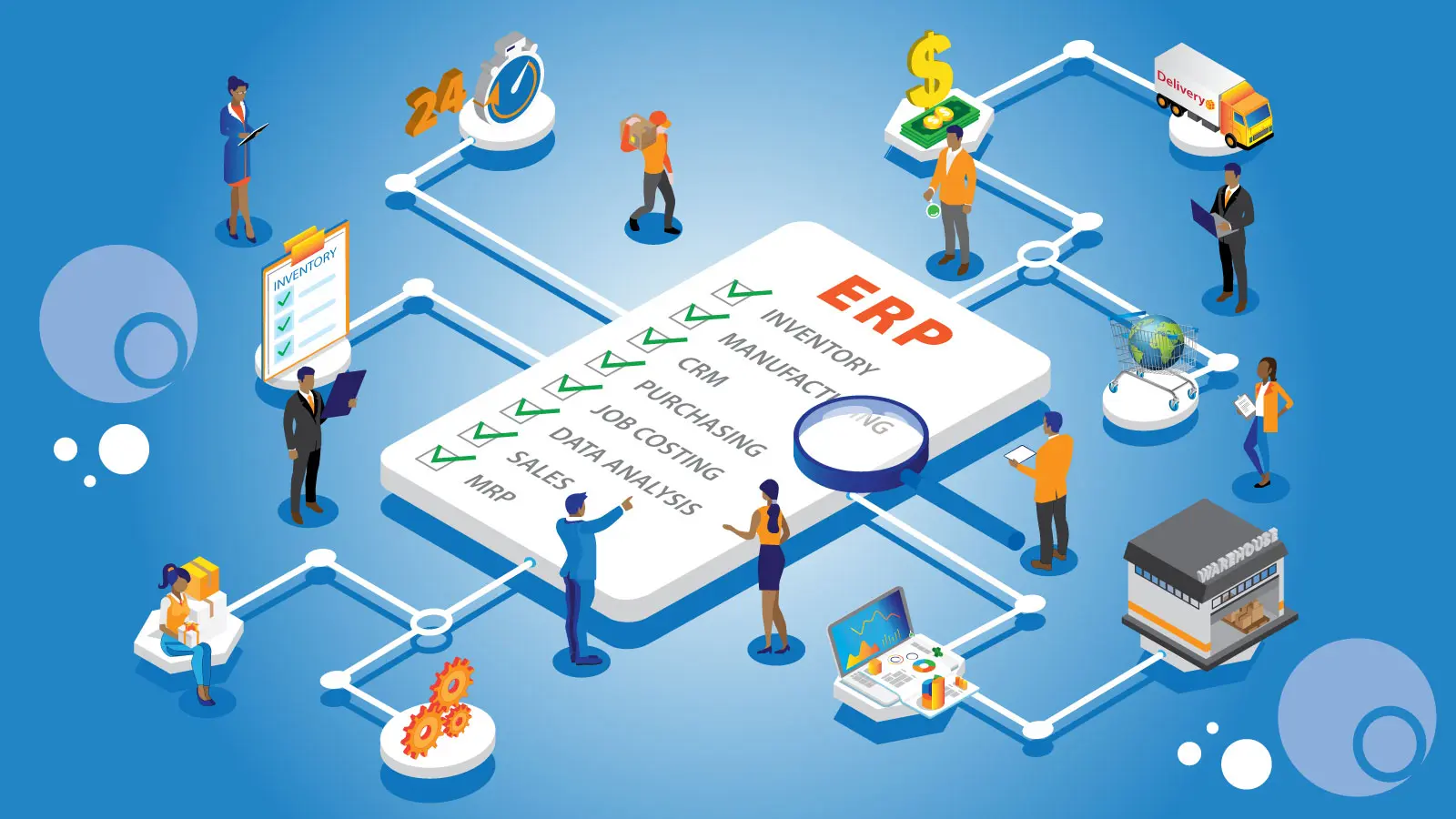Introduction:
In today’s fast-paced world, automation has become an integral part of our daily lives, transforming various industries and revolutionizing the way we work. The modern office, in particular, has experienced a significant shift with the integration of automation technologies. From streamlining repetitive tasks to improving efficiency and productivity, automation has become a game-changer in the workplace. In this blog post, we will explore the impact of automation on the modern office and how it is reshaping the way we work.
1. Streamlining Repetitive Tasks:One of the most significant advantages of automation in the modern office is its ability to streamline repetitive tasks. Mundane and time-consuming activities, such as data entry, file organization, and email responses, can now be automated, allowing employees to focus on more strategic and creative aspects of their work. By eliminating these repetitive tasks, automation not only saves time but also reduces the risk of human error, resulting in higher accuracy and improved productivity.
2. Enhanced Collaboration and Communication:
Automation tools have greatly enhanced collaboration and communication within the modern office. With the rise of cloud-based platforms and project management tools, teams can now collaborate seamlessly, regardless of their physical location. Automated workflows and notifications ensure that everyone is on the same page, leading to improved efficiency and better project outcomes. Additionally, automation has revolutionized communication through chatbots and virtual assistants, enabling instant responses to queries and providing support around the clock.
3. Improved Decision-Making:
Automation has also empowered decision-makers in the modern office by providing real-time data and analytics. With automated data collection and analysis tools, managers can make informed decisions based on accurate and up-to-date information. This not only saves time but also eliminates the risk of human bias or subjective judgments. By leveraging automation to gather insights and generate reports, businesses can make data-driven decisions, leading to improved operational efficiency and better outcomes.
4. Increased Workplace Safety:
Automation technologies have also contributed to increased workplace safety in the modern office. For instance, automated security systems, including facial recognition and access control, ensure that only authorized personnel can enter restricted areas. Similarly, automated safety protocols and sensors can detect potential hazards, such as fire or gas leaks, and trigger immediate responses. By minimizing human error and providing proactive safety measures, automation helps create a safer work environment for employees.
5. Job Transformation and Upskilling:
While automation may raise concerns about job displacement, it is important to note that it also leads to job transformation and upskilling. As repetitive tasks become automated, employees can focus on more complex and value-added activities that require human creativity and critical thinking. This shift in job roles allows individuals to develop new skills and expertise, fostering personal and professional growth. Organizations can invest in training and upskilling programs to ensure employees are equipped with the necessary knowledge and capabilities to thrive in an automated workplace.
Conclusion:
Automation has undoubtedly revolutionized the modern office, transforming the way we work and enhancing productivity, collaboration, decision-making, and workplace safety. As technology continues to advance, it is crucial for businesses to embrace automation and leverage its benefits to stay competitive in today’s rapidly evolving landscape. By harnessing the power of automation, the modern office can unlock new levels of efficiency, innovation, and employee satisfaction, creating a workplace that is truly future-ready.



